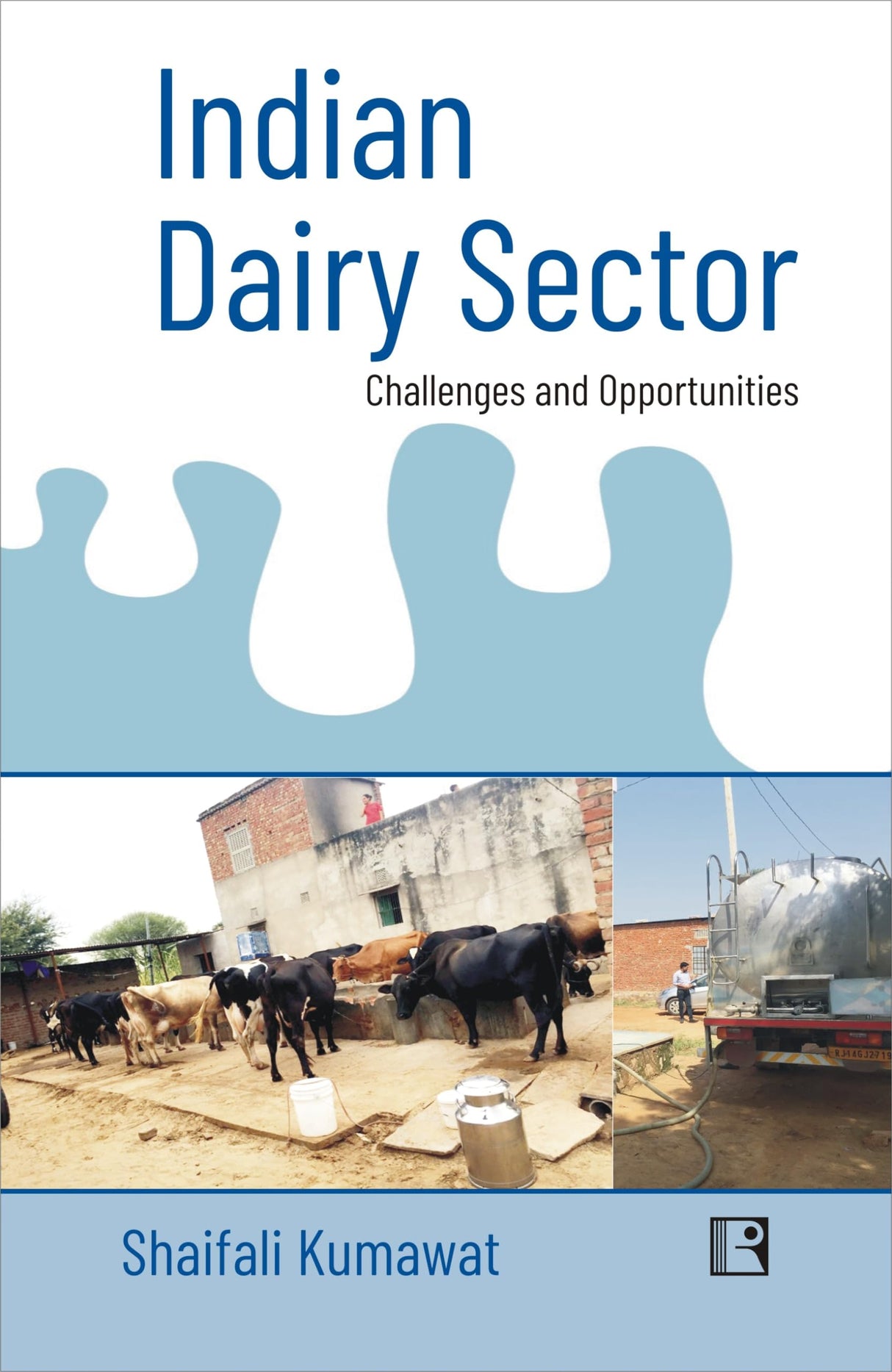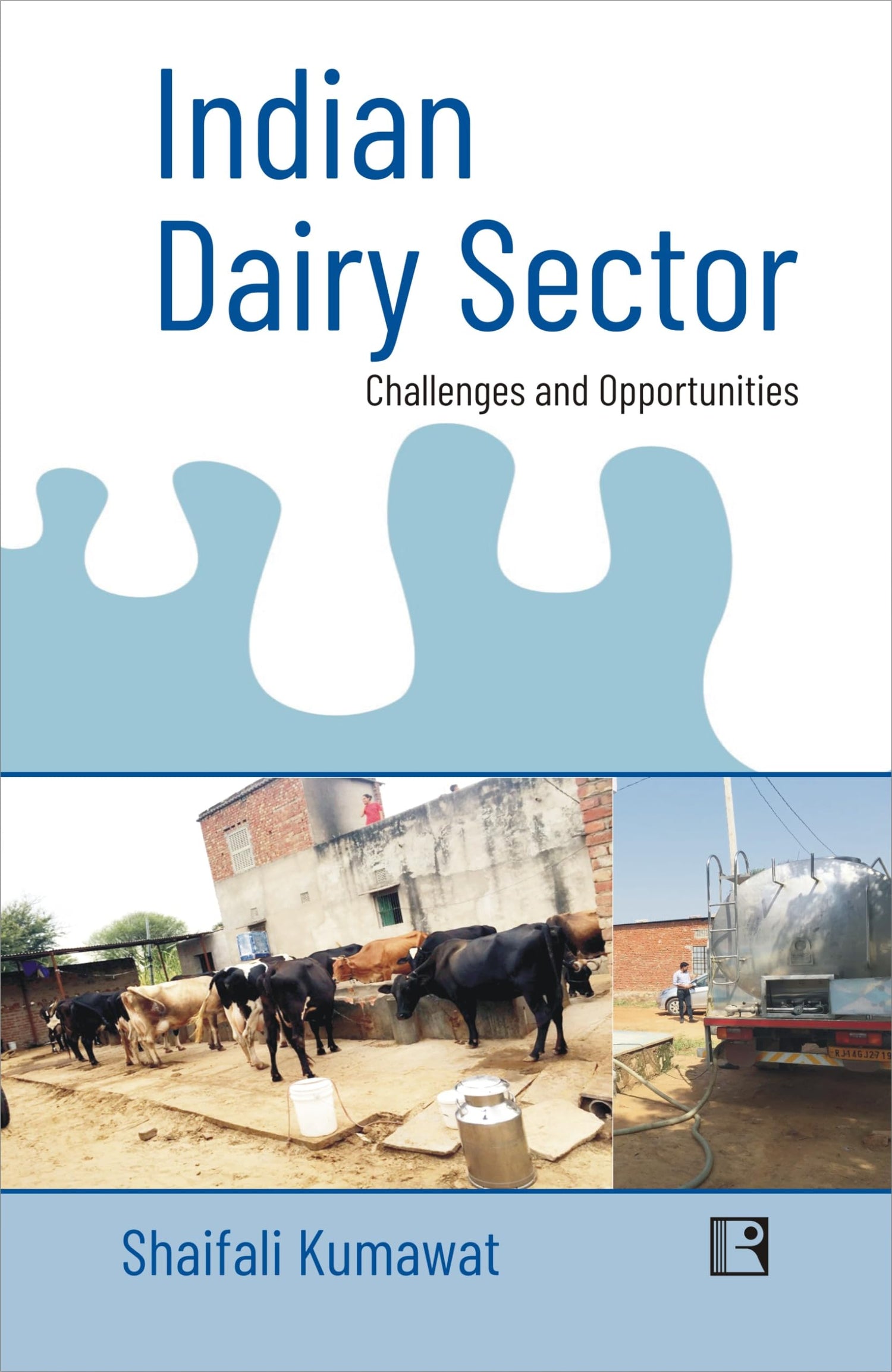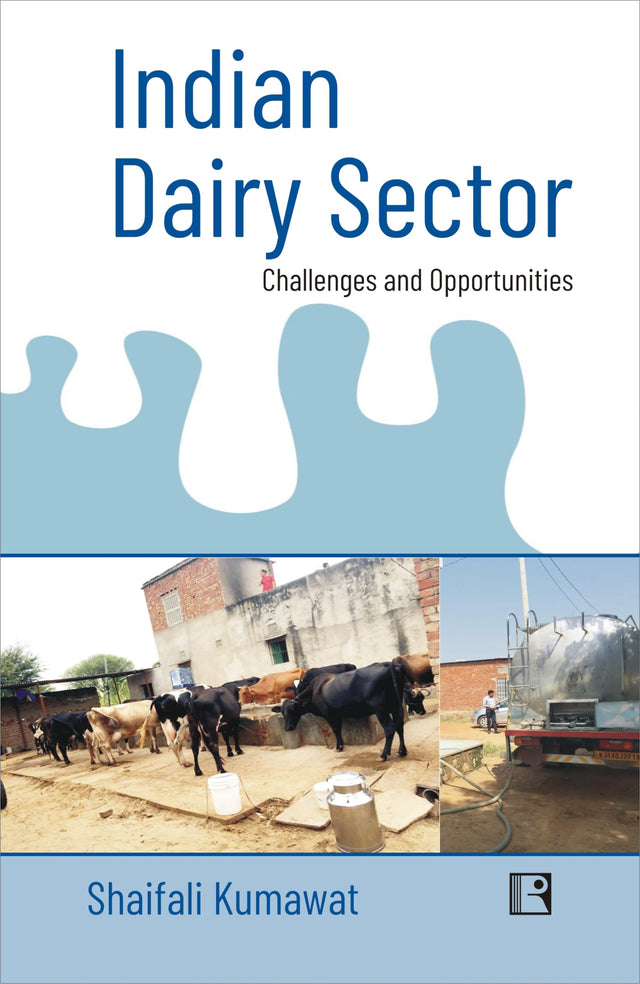INDIAN DAIRY SECTOR: CHALLENGES AND OPPORTUNITIES
INDIAN DAIRY SECTOR: CHALLENGES AND OPPORTUNITIES is backordered and will ship as soon as it is back in stock.
Couldn't load pickup availability
Genuine Products Guarantee
Genuine Products Guarantee
We guarantee 100% genuine products, and if proven otherwise, we will compensate you with 10 times the product's cost.
Delivery and Shipping
Delivery and Shipping
Products are generally ready for dispatch within 1 day and typically reach you in 3 to 5 days.
Book Details
-
Publisher: Rawat Publications
-
Author: Shaifali Kumawat
-
Language: English
-
Edition: 2024
-
ISBN: 9788131613467
-
Pages: 222
-
Cover: Hardcover
-
Release Date: 11-06-2024
-
Package Dimensions: 9.5 x 7.2 x 1.2 inches
About the Book
The book delves into the significance of animal husbandry within the broader context of agriculture, with a particular focus on India’s milk production sector. Despite India being the world’s largest producer of milk, challenges remain in the industry, such as regional disparities in production, growth in animal productivity, and the overall structure of the sector. Animal husbandry in India continues to be deeply connected with crop production, making it different from developed nations where these sectors are more independent.
India accounts for a substantial proportion of the global buffalo and cow populations, yet it faces varied growth patterns in milk production across states. These discrepancies highlight the importance of milk production for rural livelihoods and income, as well as the need for economic stability in the sector. The study argues that the current crisis in crop production also affects the milk production sector, and unless milk production is decoupled and developed as an independent, market-driven economic activity, the future of the sector remains uncertain.
This book provides an in-depth analysis of the structural changes in the milk production sector post-liberalization, exploring its competitiveness, economics, and the role of dairy farming in rural development. Insights from primary surveys and data provide a grounded perspective on milk production and its impact on household dynamics in India. The book also offers guidance on transforming India’s dairy sector to enhance its profitability and sustainability.
This research is a crucial read for those in the fields of agricultural economics, rural development, and anyone interested in the dynamics of India's dairy industry.





